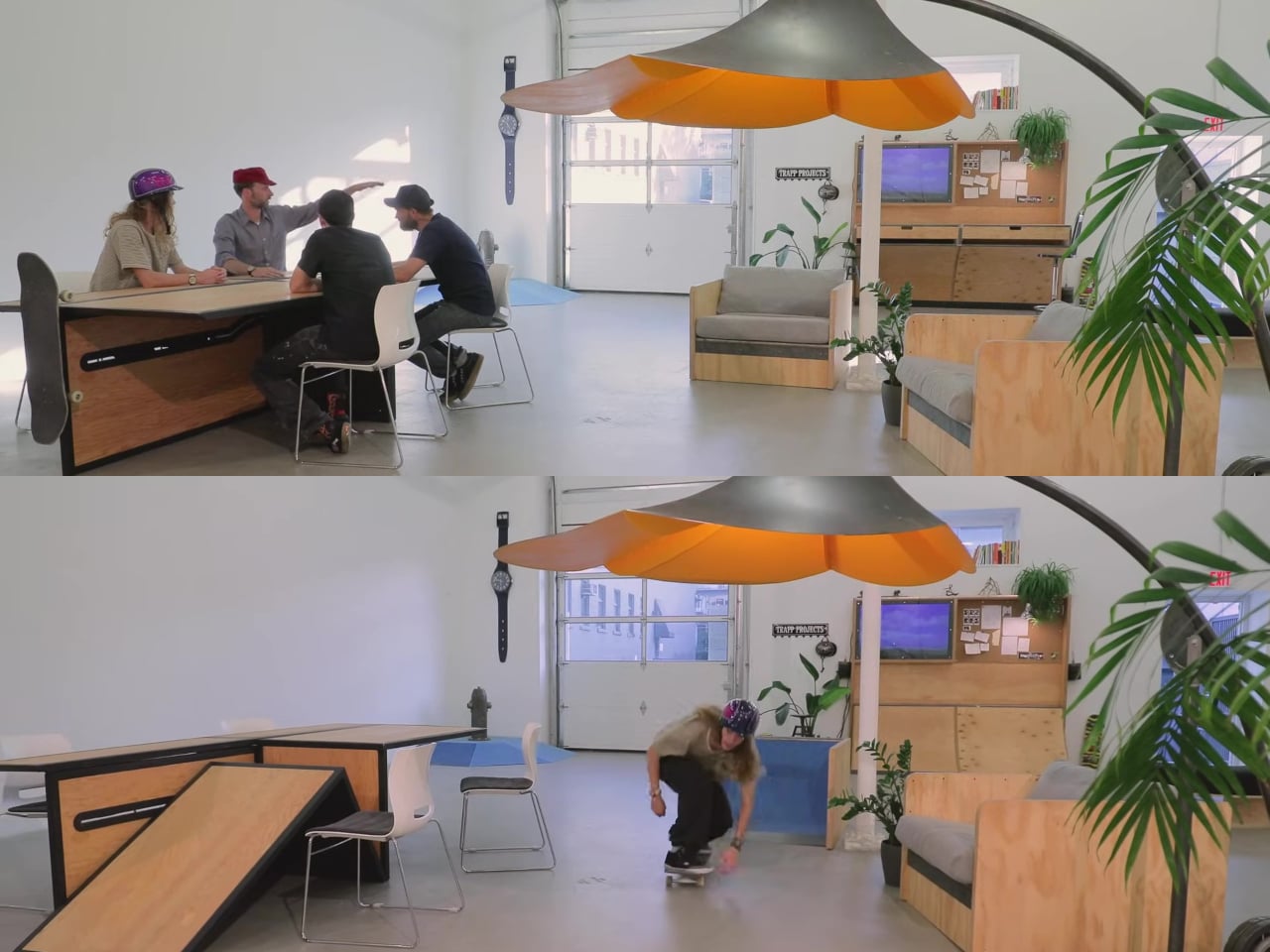#4 key SEO lessons to avoid site launch disasters

Table of Contents
Launching a new website? Learn from hard-earned lessons on major pitfalls to avoid, like improper redirects, lack of UX testing and more.
I’m sure any experienced SEO you ask could tell you a site launch horror story or two; whether it was their own doing due to lack of knowledge/experience or something completely out of their hands.
My hope with today’s article is that you may learn something from some of the lessons I’ve learned launching websites over the past decade. At the very least, perhaps it’ll help prevent one less site launch horror story.
Below are some of the major lessons I’ve learned and aren’t in any particular order of importance.
1. Excluding low-traffic pages from redirects during a site launch is risky
I learned this lesson the hard way when working at an agency years ago.
For whatever reason, at the time, we only redirected the top 500 pages of a site based on traffic, links and overall page authority.
If it was a CMS page (like category pages), those also got redirected.
As for the rest, if we could find a way to mass redirect chunks of them beyond that, we did. If not, we cut it off there.
When managing an ecommerce site with thousands upon thousands of pages, low search traffic to a specific page or set of pages can still add up to hundreds or thousands of visits overall. This can lead to a significant decrease in total traffic after launch.
If you want to avoid any type of traffic loss, make sure you set up a time with your web team in advance to discuss a 301 redirect strategy so that you can redirect the majority, if not all, of your old pages to your new pages.
Dig deeper: SEO during website development and post-launch: Key considerations
2. Issues with redirects can cause major technical problems and traffic loss after a site launch
Even the most perfect 301 redirect strategy can go awry.
Not only is it important that you have a good strategy and list, but it’s almost just as important to test that redirects are working properly immediately after launch.
You’ll want to check for things like:
- Redirect chains.
- Loops.
- 302 redirects.
To do this, I recommend using Screaming Frog’s list mode feature to audit your redirects by uploading your redirect list and checking the final destination of each URL. I also use a tool called WhereGoes to check for redirect loops and chains. To me, it’s never a bad thing to use more than one tool for testing.
3. Changing the user experience can tank your new site’s traffic for months
I once worked on a furniture site. All kinds of changes were being made – from the overall site design to the navigation, filters and the checkout experience.
Making these changes is not bad. However, without the proper testing, things can go wrong quickly.
After launch, we experienced traffic loss and conversion rate drops. Customers also had issues at the checkout. There were a lot of problems, to say the least.
As time went on, things got slightly better, but I’m not sure they ever fully recovered.
You can expect issues with any launch, but when the conversion rate tanks, that is a major sign of user experience issues. Especially when you roll out changes like navigation updates, different filters and a new design.
This experience highlighted the importance of having a skilled user experience team for a successful site launch. It can make or break your site!
Dig deeper: 12 SEO pitfalls to avoid during a website platform migration
4. Not involving SEO from the beginning is a recipe for disaster
I was initially brought in only to collaborate with an outside agency on the redirect strategy (and some other SEO details) for the furniture company site relaunch I mentioned earlier.
I wasn’t included in site launch meetings. I had no access to wireframes, designs or related materials.
In hindsight, I should have requested more information. I assumed those aspects were being handled.
What I’ve learned since: it’s in your best interest to proactively involve yourself in any area that might impact SEO.
Many people often overlook your work as an SEO. You’re often better off assuming people don’t know what you know than assuming it is being thought about or taken care of because it likely isn’t.
If it is being thought about and being taken care of properly, that’s amazing. You’re one of the lucky few. At least you know you did your due diligence.
Here are things you should be involved in for a site launch:
- Strategy meetings
- Wireframe / information architecture reviews
- Design / UX discussions
- Keyword research for new pages
- Staging site access and reviews
- 301 redirect strategy
- Post-launch review
You can improve this process more through better cross-team collaboration and communicating the importance of what you do and why you do it.
This can be done through better processes, documentation, training and simply educating other teams. Oftentimes, in SEO, you have to be your own advocate.
Dig deeper: How to use SEO education for stakeholder management
Navigating the perils of site launches
Site launches are inherently risky endeavors for SEO, but proper planning and cross-functional collaboration can help you avoid potential pitfalls.
While not an exhaustive guide, learning from the hard-earned lessons outlined here can spare you from common site launch blunders that set SEO efforts back months or even years.
If you liked the article, do not forget to share it with your friends. Follow us on Google News too, click on the star and choose us from your favorites.
If you want to read more like this article, you can visit our Technology category.




